Welcome to BAOYUE PEARL, we supply all shapes freshwater pearl with wholesale price, contact us to get a free Quote:
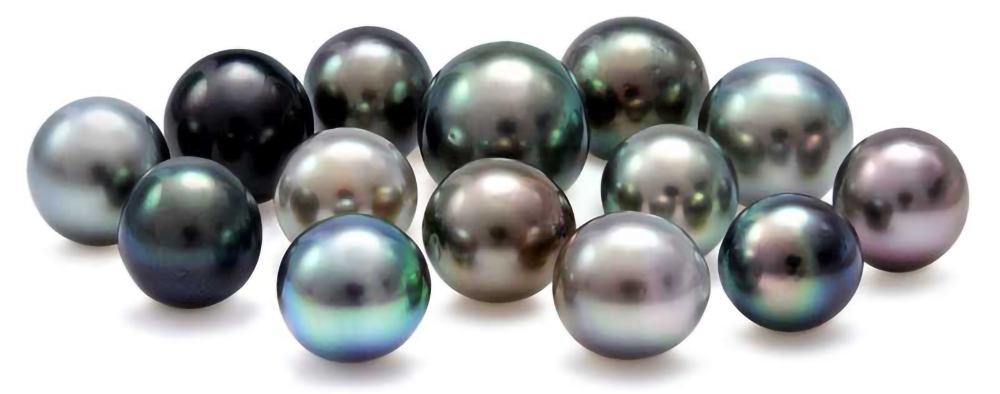
How to buy Tahitian Pearls ?
Lustrous black Tahiti pearls were once so rare that they were considered the 'Pearl of Queens'. Tahitian black pearls have been so highly sought after because they are larger, have a more brilliant luster, and round shapes occur in a higher percentage. Also, far less are produced per oyster than fresh water pearls.
Now that this 'Queen of pearls' is being cultured in the turquoise Polynesian lagoons, you too can have some to cherish. It's rewarding to learn about types of pearls, and their differences, before buying Tahitian pearl jewelry. You may also want to explore how pearls are made.
Pearls are beautiful and valuable. But since the discovery of these rare gems in ancient times, people have been using machines to produce fake ones. So before we move on to the practical tips you can use anywhere to tell if a pearl is real or not, it’s important to understand the fundamental difference between the two.

Selecting Tahiti Pearls for size
Pearls are arranged according to size by passing them through sieves. They are measured at their narrowest diameter. Most have a diameter measuring between 8mm and 14mm. A few exceptional ones reach between 16mm and 18mm. The largest black pearl diameter recorded was a superb 21mm. The largest baroque (26.95mm) can be seen in the Musee de la Perle in Papeete. Pearls exceeding 18mm are rated as 'A' regardless of color.
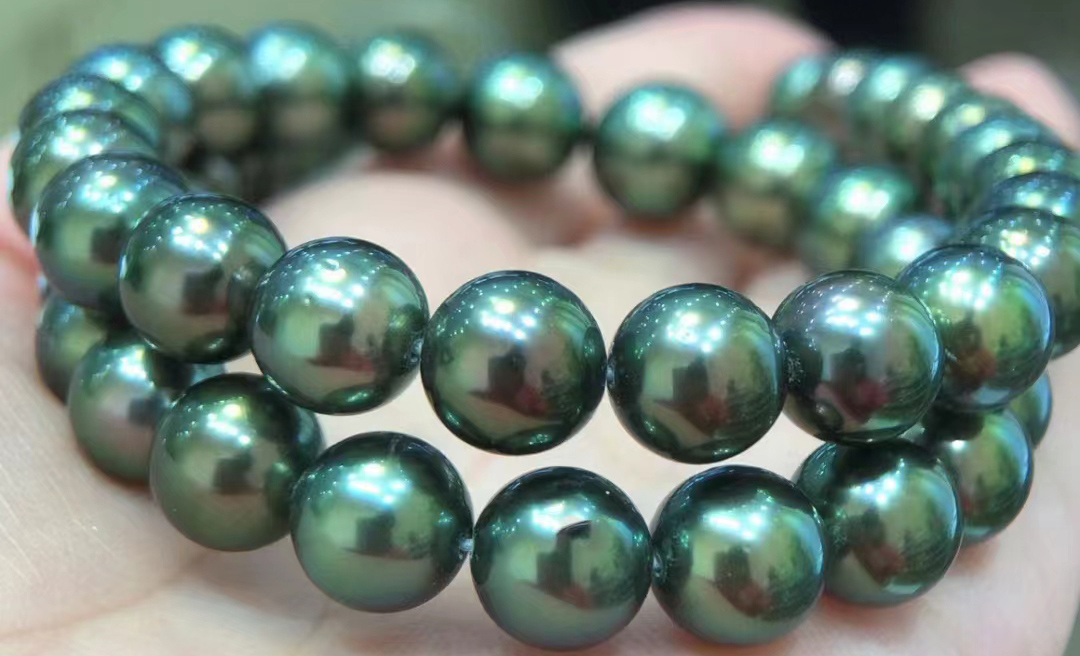
Selecting Tahiti Pearls for color
Although they are called black pearls, Tahiti pearls form with a wide range of predominant body colors. And yes, they are natural. The depth of color is determined by the amount of black pigment an oyster secretes. You can choose from soft gray pearls to deep black ones. Or colors of brown, blue and green. Muddy colors are unpopular. Usually, the darker the color, the more valuable the pearl.
The varying shades are created by the refraction of light as it passes through the multitude of pearly layers which act as a prism. This is the same principle whereby raindrops passing through light form a rainbow.
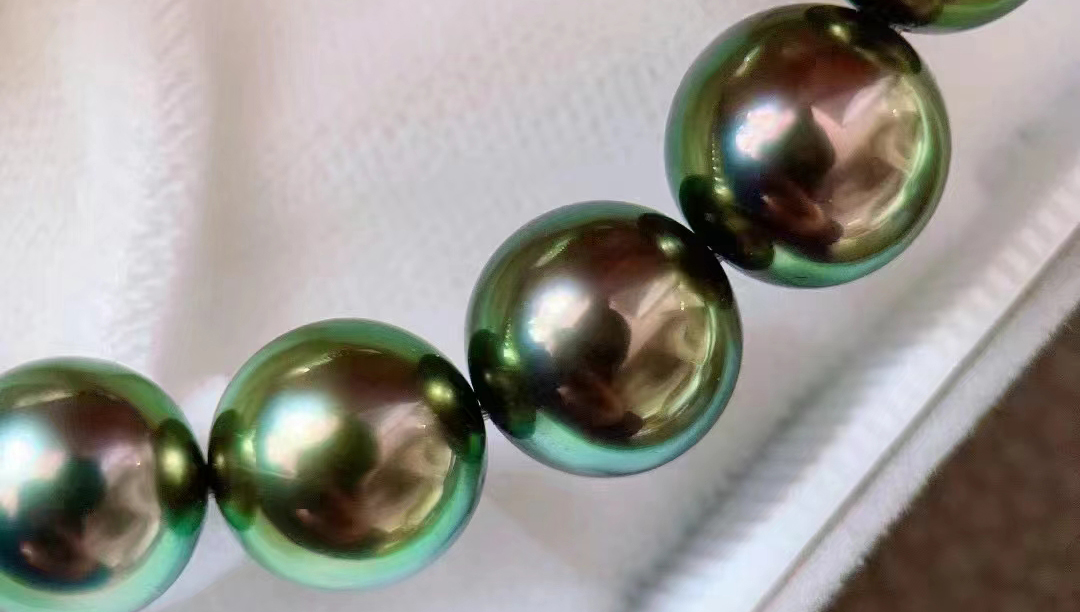
The body color is usually enriched by at least one overtone. The Tahiti pearls considered most exquisite also have a peacock green overtone. You can expect to pay twice the price (of a solid black pearl) for those with this greenish luster. Other desirable overtone colors are blue, silver, gold, pink and aubergine.
In the industry, specific names have been given to these overtone colors:
|
Selecting Tahiti Pearls for shape
Round pearls must be an almost perfect sphere with less than 2% variation in diameter measurements. Because pearls grow for 18 months to 2 years inside an oyster, it is unusual to have perfectly spherical nacre. Experienced sellers say that it is rare to have 10% of actual rounds from a crop, and they are usually only about 5% of harvesting. The percentage becomes even less when the heavily blemished ones, that are unsellable, are removed. This gives you an understanding of why cultured black Tahitian pearls are so valuable.
Semi-round pearls have variations in diameter of greater than 2%, but less than 5%, so are slightly imperfect. There are larger numbers of semi-rounds harvested and they can be purchased for much less. So they are popular for black pearl jewelry, such as a Tahitian pearl necklaces, as slight deviations from round can be concealed.
Semi-baroque pearls are grouped into 4 shapes: oval, pear, drop and button. They must have at least 1 axis of rotation to fit into this category. Drop pearls are a favorite for use in black pearl jewelry.
Baroque pearls have no axis of rotation. Due to their affordability, they are appreciated by some jewelers. These manufactures specialize in creative designs that integrate fancy baroque shaped pearls into fabulous pieces of Tahitian pearl jewelry.
Ringed or circle pearls have an axis of rotation and exhibit regular rings, streaks or grooves that are perpendicular to the axis. As a plus, they are imbued with multiple hues of color. 'Ringed pearls' make up 25% to 30% of a pearl farm harvest, so are common. Their prices are attractive to designers. So they use this feature by setting bands of precious metal into the grooves of circle pearls, and accent them with gem stones such as diamonds.
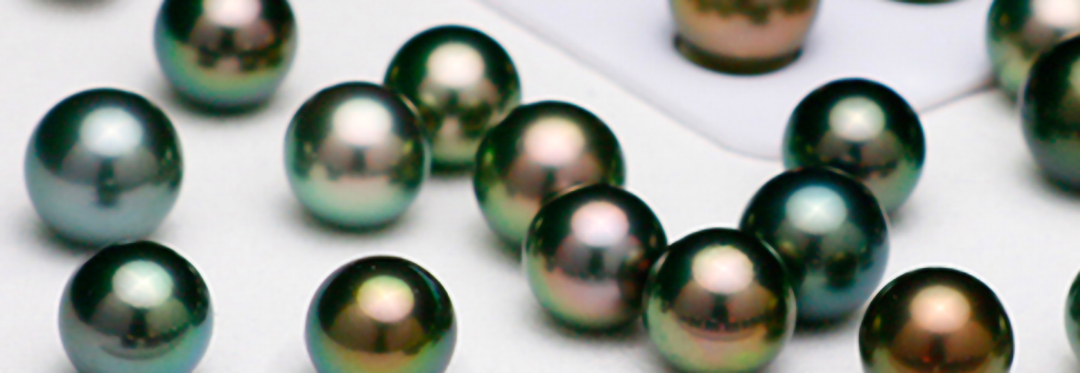
Selecting cultured Tahitian Pearls for quality
Nacre thickness
Black pearl jewelry that has a thick coating of nacre can be worn often and stay beautiful through time. But if pearls have a thin nacre coating it will gradually wear away and expose the nucleus shell.
Luster
This is the sheen that reflects light on the pearl's surface. When light reflections are bright and sharp, a pearl's luster is considered high or very high. If light reflections are weak, the pearl's luster is called dull. Tahiti cultured pearls can have a remarkable glossy finish which radiates warmth, along with a mirror-like sheen. This lustrous finish is prized by many.
Because pearls formed in the natural environment (rather than being grafted on farms) have a soft, satin surface, some jewelers prefer cultured pearls with less luster. When you look around the Tahiti pearl shops you will see both matte and shiny black pearl jewelery. Be assured that like their color, the luster of Tahiti pearls is natural.
Surface
Four ratings are given for surface quality:
- Quality A pearls have a good luster and are completely smooth, or show one or two tiny ripples or indentations that are visible to the naked eye. These affect less than 10% of the surface. Top quality pearls are very rare and expensive.
- Quality B pearls have a good to average luster and have light imperfections on less than a third of their surface. Their blemishes are easily masked when holes are drilled for creating a Tahitian pearl necklace or other black pearl jewelry.
- Quality C pearls have an average luster and show light imperfections over less than two thirds of their surface. Pearls graded C are usually still attractive because Tahiti pearls are such a generous size and have beautiful 'color plays' and/or gorgeous dark tones.
- Quality D pearls have a soft satin luster and deep dents and flaws over less than half of their surface. Pearls with a soft satin luster and light imperfections over more than two thirds of their surface are also rated as D. Many dealers and jewelers think that quality D pearls should be rejected and prohibited from being marketed.
A Smart Investment In Pearl Jewellery
Pearls are a smart investment. In fact, they’re having a massive come-back not only in high-end auctions but also among the eco-conscious luxury jewellery consumers.
Pearls are an organic, sustainable and virtually renewable gem. Pearl oysters are filter feeders that require pristine water conditions in order to produce high-quality pearls. They filter the water naturally, while removing heavy metals and nitrogen from the waters surrounding them. They are also recognised as an indicator species, meaning that any decline in water quality has a direct impact on oyster health, pearl quality, and thus our environment.
Because of their unique beauty and their inseparable bond between nature and human, pearls have held their value very well throughout centuries.
Finding The Sweet Spots Of Value
While those impressive million-dollar pearls may be out of reach, finding the sweet spots of value is actually not that difficult. When buying a piece of pearl jewellery, try using the information discussed in this guide. Remember to balance the rarity of the gems with your preferred styles and desirability. Make sure you buy from reputable or established stores and dealers who are specialised in pearls and pearl grading. If you’re in the market to get a valuation for how much your pearls are worth, always get a few quotes from expert appraisers.

Get more pearl grading by type?
Click the links below to head directly to each Pearl Grading Guide:


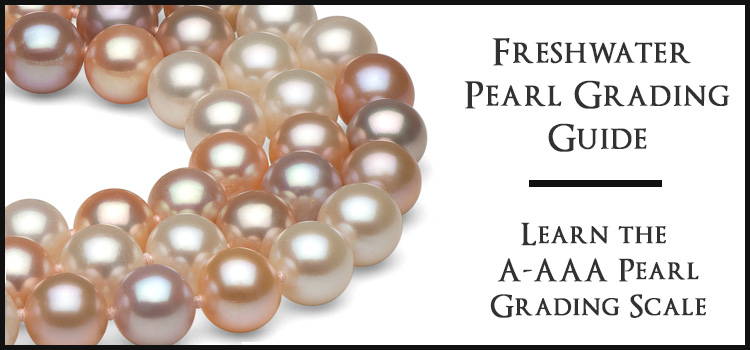
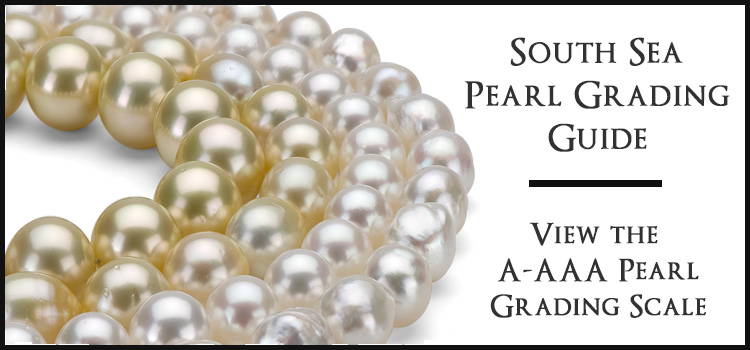
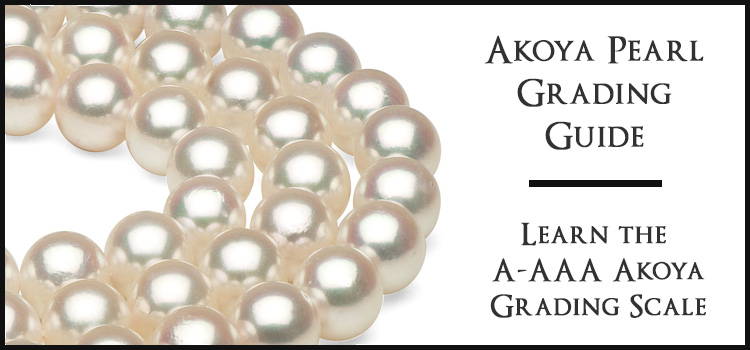
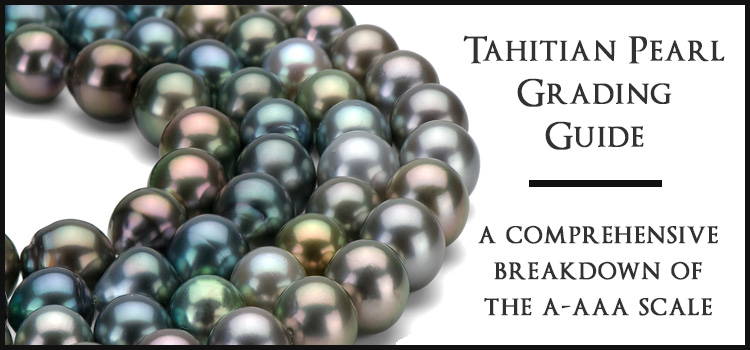
 WhatsApp Code
WhatsApp Code